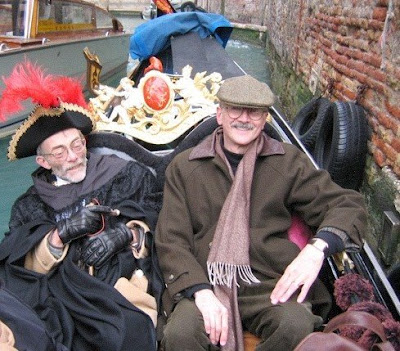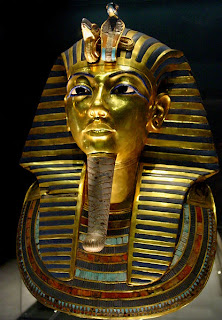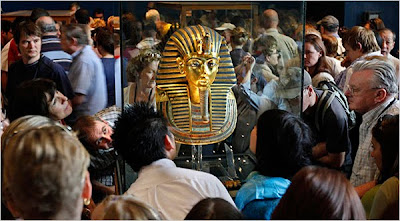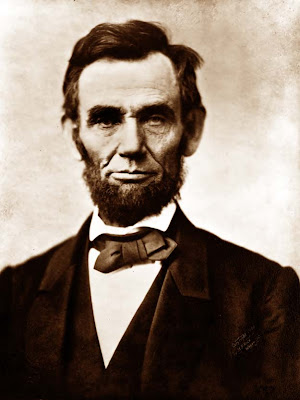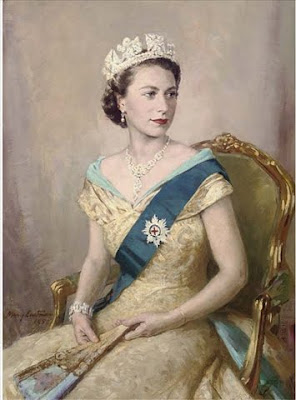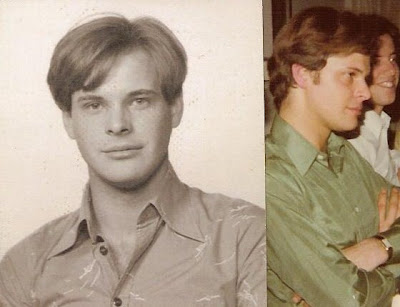
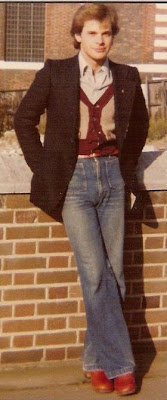
Today is my friend Jeffrey David Hardy’s birthday. He’s been one of my longest lasting friends for over thirty-nine years. (I’ve had a few other long lasting friendships, but unfortunately several of those close friends have already departed this life.)
After going home for Christmas in 1975, I returned to learn that my promised re-hiring at Discount Records had been cancelled. (I had recently resigned from my job as an underwriter with the California State Automobile Association.) Columbia Records had sold the company, and was about to close one of its stores. So I was unemployed for several months. There was a severe drought that year. I ended up getting a great winter tan.
In the middle of January, I had dinner with someone I had met in Harrisburg. I think he worked for the State of PA, but forget his name. He was in San Francisco on a short holiday. He lived in Harrisburg. His partner worked in Philadelphia.
On my way back to BART, a young man dropped his change at Powell and Market. I picked it up to give back to him. He then offered me a ride home in his car. That’s how I met Jeffrey Hardy on January 17, 1976— the date of his parents’ wedding anniversary –though with the international dateline, the day after his parents’ in Brisbane, Queensland Australia.
I took Jeffrey out to dinner on February 9th, the night before his 21st birthday. I gave him a vintage leather bound edition of poetry by John Keats.
As an encore for my senior recital at Yale, I had done my record store vocal impressions routine ending as the nun in “Climb Ev’ry Mountain.” Years later I sang it on the street for Jeffrey, the night before his 21st Birthday. He liked it so much, that when Randy Wong and I visited him in London in the early 80’s, he asked me to sing it after lunch for Rachel Kempson (Vanessa Redgrave’s mother) and Noel Coward’s former secretary, whose name I’m sorry to say I don’t recall. [I originally wrote this on 26 May 2003, the 30th anniversary of my arrival in San Francisco. That morning's New York Times reported that Rachel Kempson had died on Saturday. I sent an email with a copy of the obituary to Jeffrey in Australia. He later responded that he had heard by phone, but thanked me for sending him his first newspaper account.]
Returning to 1976: Jeffrey was in the New Shakespeare Company, which rehearsed in a side chapel at Trinity Episcopal Church on Gough Street. The director was a real witch, named Roma. She had been an inmate in a concentration camp during the war, and evidently had identified with her captors, according to Jeffrey.
In March I finally got a job in the display department at W. & J. Sloane. After the frustrations at CSAA, I liked the discrete projects – with deadlines, and concrete results. (Little did I realize then, that my eventual major career at Customs would have similar frustrations.)
A few months after the founding of Chanticleer, Dad came to visit me in October 1978, before going to a recovery conference in Seattle. Dad met Gary Murakami, who had been apprehensive about meeting him, particularly in light of Dad’s new career, running an alcohol recovery program. But they liked each other immediately, and enjoyed the lunch and dinner we shared.
The night before I left for my first trip to England—and Dad, to Seattle— he and I had dinner at the Adriatic, a fish restaurant on Polk Street, (where Dennis and I first had dinner in 1980, before going to see –of all things— the movie “Airplane” or “Ordinary People” –our first casual nights out together).
The next morning, Dad and I took BART (Bay Area Rapid Transit) to Powell Street with our luggage and walked to the old Airporter Bus Terminal, the site of the main lobby of the Hilton today. It seems strange we didn’t take a taxi; but that’s what I remember doing. This was even before SuperShuttle.
In England I visited my friend Jeffrey Hardy, who then was an actor at the Redgrave Repertory Theatre in Farnham, Surrey. I saw him in a performance of Tom Stoppard’s play “Jumpers.” I recall that I stayed with him at the home of a Miss Titmarsh, and used Farnham as my base for going around England. I went as far north as Edinburgh, and had lovely days in York, Cambridge (to hear the choirs at Kings College and St. Johns) Oxford, and London, of course, for St. Paul’s, Temple Church and Westminster Abbey— the National Gallery, Tate, British Museum and the V & A. I took a boat trip to Greenwich, and enjoyed a beautiful Sunday at Canterbury Cathedral.
Jeffrey is a direct descendant of Captain Hardy in whose arms Lord Horatio Nelson died after the Battle of Trafalgar. (I wrote about that in my post on 10/21/08.)
Jeffrey lived in London for many years. Dennis and I visited him twice and stayed at his home near Clapham Common. Later Jeffrey returned to Australia, went to law school and became a solicitor in the maritime section for the Queensland government.
Jeffrey and I have several things in common: we're both the youngest of four children-- with two sisters and one brother-- and our mothers were partially deaf.
Jeffrey now lives in New York City. He won a green card lottery a few years ago. Jeffrey passed the New York State Bar exam and just recently became a U.S. citizen. I attended his wedding to the beautiful and talented Shana Farr a year ago last June in New York. And a few months ago they welcomed their son, Austin.
Best wishes to a dear friend on his birthday!





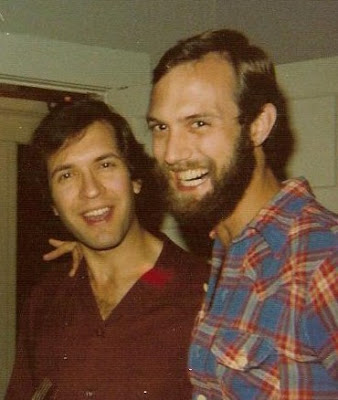


.jpg)
